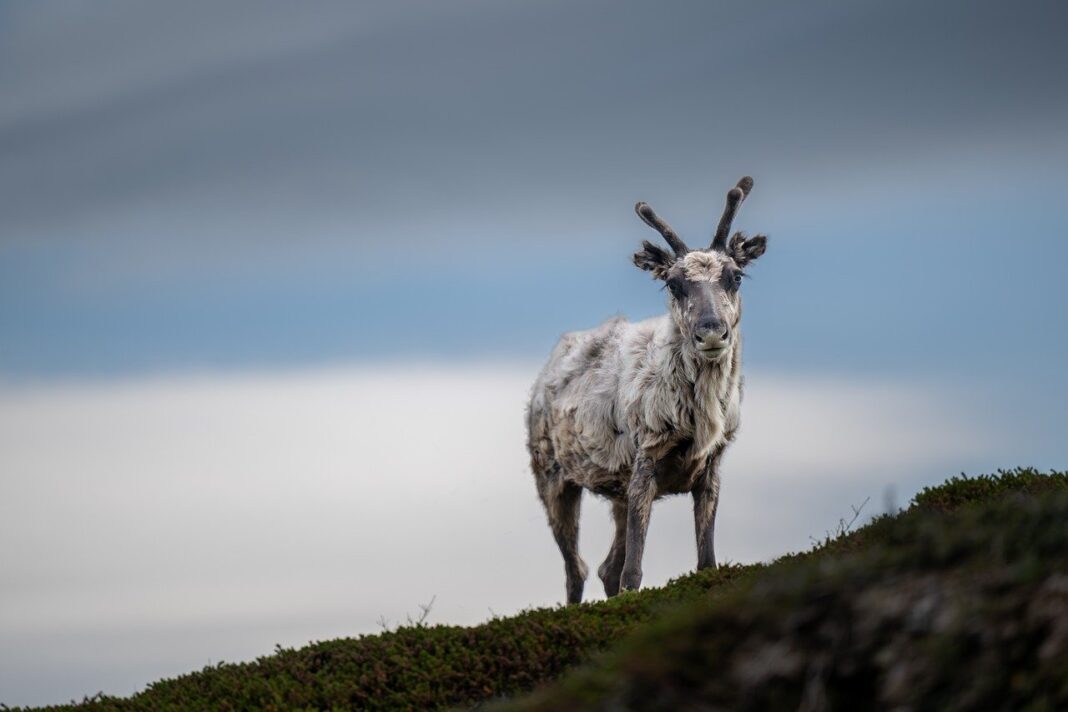Animal migration, a truly awe-inspiring phenomenon, is a story written across the globe by countless species navigating vast distances in search of food, breeding grounds, or more favorable climates. This incredible journey, often fraught with danger, showcases the resilience and adaptability of the animal kingdom. From the epic migrations of wildebeest across the African plains to the delicate dance of monarch butterflies across continents, understanding animal migration is crucial for conservation efforts and appreciating the intricate web of life.
Why Animals Migrate: The Driving Forces
Migration is far more than just a random movement; it’s a carefully orchestrated response to environmental pressures and biological imperatives. Several key factors drive animals to embark on these often perilous journeys.
The Quest for Sustenance
- Food Availability: Animals migrate to follow seasonal changes in food sources. This is perhaps the most common driver.
Example: Wildebeest migrate across the Serengeti and Maasai Mara in search of fresh grazing lands following the rains.
- Resource Competition: As local resources dwindle, migration allows animals to avoid overcrowding and competition.
Breeding and Reproduction
- Suitable Breeding Grounds: Many animals migrate to specific locations that offer optimal conditions for breeding, such as safe nesting sites or abundant food for offspring.
Example: Salmon migrate upstream to their natal spawning grounds, often traveling hundreds of miles.
- Climate and Environmental Factors: Migration can lead animals to areas with favorable temperatures, humidity, or other environmental factors that enhance reproductive success.
Avoiding Harsh Conditions
- Seasonal Climate Changes: Migration allows animals to escape extreme temperatures, droughts, or other harsh conditions.
Example: Many bird species migrate south during the winter to avoid freezing temperatures and reduced food availability.
- Predator Avoidance: Some animals migrate to areas with fewer predators or where they have a better chance of survival.
Types of Migration: A Spectrum of Journeys
Animal migration isn’t a one-size-fits-all phenomenon. It encompasses a wide range of behaviors, scales, and timings.
Complete Migration
- Definition: In complete migration, all individuals within a population migrate.
- Example: Arctic Terns undertake the longest migration of any bird, flying from pole to pole annually.
Partial Migration
- Definition: Only a portion of the population migrates, while others remain in the same location year-round. This often depends on age, sex, or individual condition.
- Example: Some populations of American Robins are migratory, while others are resident.
Irruptive Migration
- Definition: Occurs irregularly in response to unpredictable resource fluctuations. It’s typically triggered by food shortages.
- Example: Snowy Owls may migrate south in large numbers when their lemming prey populations crash in the Arctic.
Daily and Vertical Migration
- Definition: Shorter-scale movements occurring on a daily basis, often in response to changes in light levels or food availability.
- Example: Zooplankton in the ocean migrate vertically, moving to deeper waters during the day to avoid predators and returning to the surface at night to feed.
Navigation: The Internal Compass
How do animals navigate across vast distances, often returning to the exact same locations year after year? The answer lies in a complex interplay of innate abilities and learned behaviors.
Using the Earth’s Magnetic Field
- Magnetoreception: Many animals possess the ability to detect the Earth’s magnetic field, using it as a compass for orientation.
- Examples: Sea turtles, birds, and even some insects use magnetic cues to navigate.
Celestial Navigation
- Sun and Stars: Some animals use the position of the sun or stars to maintain their course.
- Examples: Birds are known to use the position of the sun to orient themselves during the day and the stars at night.
Olfactory Cues
- Scent Trails: Some animals follow scent trails left by previous migrants.
- Example: Salmon use their sense of smell to locate their natal streams for spawning.
Landmarks and Topography
- Visual Memory: Animals can learn and remember landmarks, such as mountains, rivers, and coastlines, to guide their migration.
- Example: Birds flying along established flyways rely on prominent geographical features.
Social Learning
- Inherited Knowledge: Young animals often learn migratory routes from their parents or other experienced individuals.
- Example: Geese and swans often migrate in family groups, with the young birds learning the route from their parents.
Challenges and Conservation: Protecting Migratory Routes
Animal migration faces increasing threats from human activities and environmental changes. Protecting migratory species requires a coordinated and multifaceted approach.
Habitat Loss and Fragmentation
- Impact: Loss of critical habitats along migratory routes can disrupt migration patterns and reduce breeding success.
- Conservation: Establishing protected areas and corridors along migratory routes can help safeguard essential habitats.
Climate Change
- Impact: Altered weather patterns, rising sea levels, and changes in vegetation can disrupt migratory cues and food availability.
- Conservation: Reducing greenhouse gas emissions and mitigating the impacts of climate change are crucial for protecting migratory species.
Human-Induced Obstacles
- Impact: Dams, roads, and other infrastructure can block migratory routes and increase mortality.
- Conservation: Implementing wildlife-friendly infrastructure and mitigating the impacts of human development are essential.
Example: Installing fish ladders in dams to allow salmon to migrate upstream.
- Light Pollution: Artificial light at night can disorient migrating birds, leading to collisions with buildings and other structures.
* Example: Cities participating in ‘Lights Out’ campaigns during migration seasons.
Overexploitation
- Impact: Overfishing, hunting, and poaching can decimate migratory populations.
- Conservation: Implementing sustainable harvesting practices and enforcing anti-poaching laws are crucial.
Conclusion
Animal migration is a testament to the incredible adaptations and resilience of life on Earth. Understanding the drivers, types, navigation strategies, and challenges associated with animal migration is essential for effective conservation efforts. By protecting migratory routes, mitigating the impacts of climate change, and reducing human-induced obstacles, we can ensure that these awe-inspiring journeys continue for generations to come. It’s our responsibility to protect these magnificent creatures and the delicate ecosystems they depend upon.



